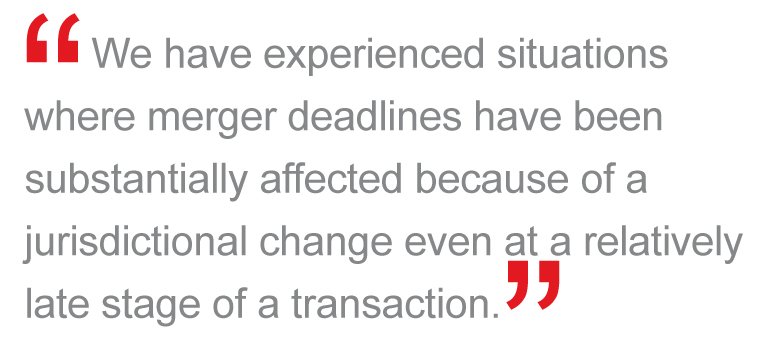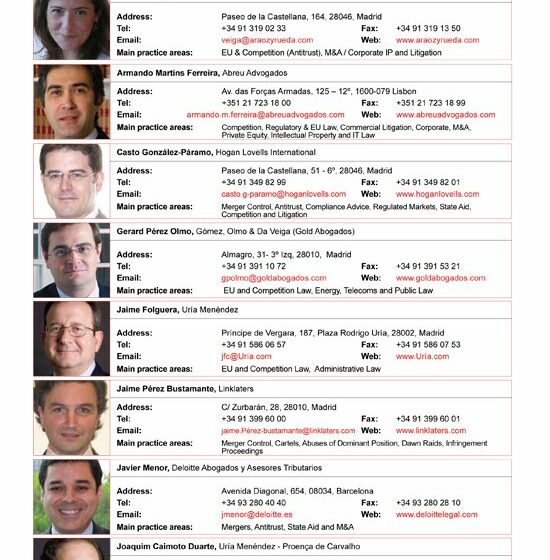Understanding the drivers behind national and European merger referrals – Mayer Brown
Parties to a merger need to be aware that a transaction thought to require only national clearance may still end up before the European competition authorities
At a time when the completion of merger transactions is already a challenge, companies need to be aware of the possibility that deals without an apparent Community dimension may still require analysis by the European Commission (EC), which brings the potential for added delay, uncertainty and expense, says Salomé Cisnal de Ugarte, Counsel with Mayer Brown in Brussels and an adjunct Professor with IE Law School in Madrid.
“We see a growing trend for referrals by national competition authorities, including by the CNC in Spain, of referring clearance decisions to Brussels where there is the perception of a cross-border effect even though the merger does not meet European merger thresholds, or even infringe domestic limits.”
The competition Authority of a member state may refer a merger under Articles 9 and 22 of the EU Treaty – previously known as the “Dutch Clause” as Dutch competition law originally never had a domestic merger clearance procedure.
To date there have been over 90 merger referral requests. These have been made even where Community thresholds have not been met but the national competition authority nonetheless believes the merger may affect trade between EU member states, and threaten to significantly affect competition within the referral authority’s own territory.
“In practice the referral criteria are a relatively easy test to meet as any merger that relates to the cross-border supply of goods or services may potentially affect member states’ trade. And to meet the second limb of the test, the national authority only has to provide prima facie evidence which also offers considerable room for interpretation,” says Cisnal de Ugarte.
A national authority must make a referral request within 15 days of receiving the merger notification, she says. The immediate practical impact of this is the suspension of national merger clearance deadlines. The EC may additionally seek the opinion of other relevant competition authorities, meaning further delay before even deciding on entering a full (Phase II) investigation.
“Despite the relative simplicity of the tests for an Article 22 referral other factors may also be at play behind the scenes. It can clearly be helpful to understand in advance the general policy of the relevant national authority to cross-border acquisitions and the regularity of communication with the authorities in Brussels.”
When it comes to mergers that affect three or more member states, the referral criteria – under Article 4(5) – might be more certain but requires even more careful planning, says Cisnal de Ugarte. 
“This process is intended to offer the option of a ‘one-stop shop’ merger clearance – the parties may themselves ask the national authority to refer the transaction to the EC, which analyses the case on behalf of all the Member States affected, avoiding the need for separate studies at the national level.”
This is a “pre-notification” requirement but such a process can prove positive both in terms of the time it takes for approval and the costs involved. “The challenge is advocating to the EC that the matter requires pan-European clearance rather than analysis at the national level. And there is always the prospect that a national Authority may object to a referral which would effectively veto Brussels’ involvement.”
In recent years, she has had experiences where two out of three member states approved a referral but which was then rejected by the third. “The difficulty is not in knowing what legal principles or thresholds may apply to a particular acquisition strategy but what the prevailing sentiment is among the regulators and the degree of comfort and interaction between them.”
The challenge for companies is therefore to manage legal uncertainties and “unplanned for” delays in acquisitions, concludes Cisnal de Ugarte.
“We have experienced situations where merger deadlines have been substantially affected because of a jurisdictional change even at a relatively late stage of a transaction. A merger that had been expected to take only a few months took over a year to complete – it meant legal, financial and commercial uncertainty for all the parties involved.”












